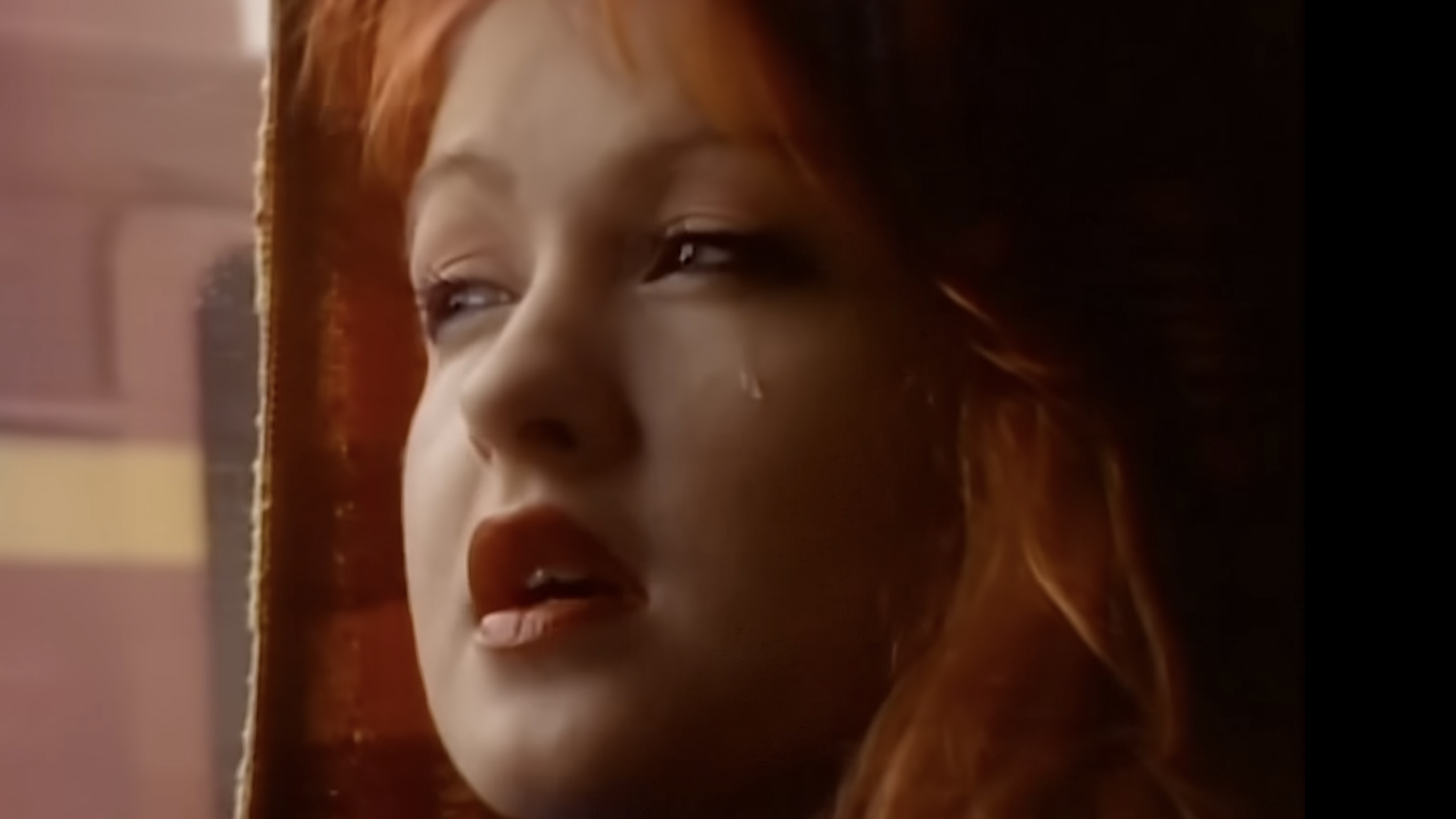“I think that’s what grabbed people – the fact that there were real moments of humanity in it. And the melody was catchy, the rhythm and my vocal was hypnotic”: The story of Cyndi Lauper’s first No.1. hit – later recorded by Miles Davis
She delved deep into her personal life to create four minutes of pop brilliance

Cyndi Lauper’s debut single Girls Just Want To Have Fun did well to reach second place in the Billboard Hot 100 – stopped short by the Van Halen hit Jump. But it was the release of her second track Time After Time that produced her first No.1.
As fate would have it, the New York-born singer came up with the song’s title while flicking through the programme listings in the American magazine TV Guide. Time After Time was the name of a 1979 science fiction movie with Malcolm McDowell portraying British author H.G. Wells on a time-travelling quest to catch Jack The Ripper.
However, instead of sticking with any of the movie’s futuristic themes, Lauper opted to focus on the emotional vulnerability of traversing an unwinding relationship as a young woman.
She delved deep into her personal life to muster four minutes of stirring pop brilliance that pulled on the heartstrings of just about any listener.
The title was initially just a temporary placeholder, but ended up becoming an integral part of the song, to the point where Lauper couldn’t bring herself to change it.
Time After Time was one of the final tracks to be written for her 1983 debut She’s So Unusual. With the majority of the album already recorded, it was producer Rick Chertoff who introduced Lauper to Rob Hyman of rock band The Hooters, with the intention of them collaborating to create one extra track.
“I was sitting at the piano and just started banging out what would eventually be the chorus, hook, and the way we sing it,” Hyman revealed to Songfacts. “It almost had like a reggae feel, it was a little bouncier and a little more upbeat. We started getting off on that chorus, then the verse melodies started to appear.”
Want all the hottest music and gear news, reviews, deals, features and more, direct to your inbox? Sign up here.
He went on describe the music as deceptively simple, with a repeating three-note motif that was “almost like a nursery rhyme”.
Lauper’s lyrical input put a different spin on things, with the pair coming to realise it “wasn’t such a bouncy song” and “a little more bittersweet and a little deeper in its feeling and a little more poignant”.
By the end, what they had created together was a form of musical poetry – an artistic statement that was remarkably sincere and heartfelt, and which would resonate with people from all walks of life around the world.
A lot of the song’s inspiration came from the fact that both musicians were experiencing a degree of upheaval in their respective romantic lives, with Hyman coming out of a relationship and Lauper navigating difficulties with her boyfriend/manager David Wolff.
The lyric “suitcase of memories” in the opening verse was written by Hyman and inspired Lauper to dig deep and draw from her own life experiences.
As Lauper told Rolling Stone in 2021: “What I thought was really great was that we were able to take real-life things, real things that were really happening, things that people said, things that people did and put them right in a song.”
The track opens with Lauper setting the scene, where she’s lying in her bed and hears her clock tick, making her think of her romantic partner.
“I had this clock that I got for my birthday, it was a little Betty Boop alarm clock and I kind of liked it,” Lauper once recalled. She went on to explain how her then-boyfriend and manager knocked the clock onto the floor, accidentally breaking it.
To make up with her, he gave her an old wind-up clock that she recalled as being “so freaking loud” – to the point where “you couldn’t not hear the freakin’ clock tick”.
The song is in the key of C Major and features jangly palm-muted and chorus-effected guitars performed by Eric Bazilian (also from The Hooters), keyboards and synths from Rob Hyman and Peter Wood, as well as drums from Anton Fig [Kiss, Madonna, Joe Bonamassa].
After the first chorus, the guitars switch to a busier arpeggio idea, running through shapes for Csus, Cmaj7sus, Bmin7, Bminb6, Gadd9 and G before a closing run from the C Major scale.
There is also a guitar interlude after the second chorus which features an arpeggio idea against an open G-string overdubbed with a C Major line over the top.
The song dramatically ends with Lauper repeatedly whispering the track title after its closing chorus.
Time After Time won Best Female Performance and Best Pop Video at the 1984 American Video Awards and was also nominated for Song Of The Year at the 1985 Grammys.
It was famously covered by jazz legend Miles Davis on his 1985 studio album You’re Under Arrest.
Years later, Lauper admitted that while the track had been appropriated by dozens of artists and used in a number of hit movies, “the most honoured I ever felt was when Miles Davis covered it… the way he played it was pure magic”.
She also told Rolling Stone how she felt the song was a deep, almost spiritual, account of how love can be tested, admitting: “If you love somebody, you’re there. Whatever happens, you’re there.”
She added: “I think that’s what grabbed people. The fact that there were real moments of humanity in it. And the melody was catchy, the rhythm and my vocal was hypnotic. That all adds to it. If you are writing something and you put something very real in it, then someone listening is going to feel something very real.”
Amit has been writing for titles like Total Guitar, MusicRadar and Guitar World for over a decade and counts Richie Kotzen, Guthrie Govan and Jeff Beck among his primary influences. He's interviewed everyone from Ozzy Osbourne and Lemmy to Slash and Jimmy Page, and once even traded solos with a member of Slayer on a track released internationally. As a session guitarist, he's played alongside members of Judas Priest and Uriah Heep in London ensemble Metalworks, as well as handling lead guitars for legends like Glen Matlock (Sex Pistols, The Faces) and Stu Hamm (Steve Vai, Joe Satriani, G3).
You must confirm your public display name before commenting
Please logout and then login again, you will then be prompted to enter your display name.


